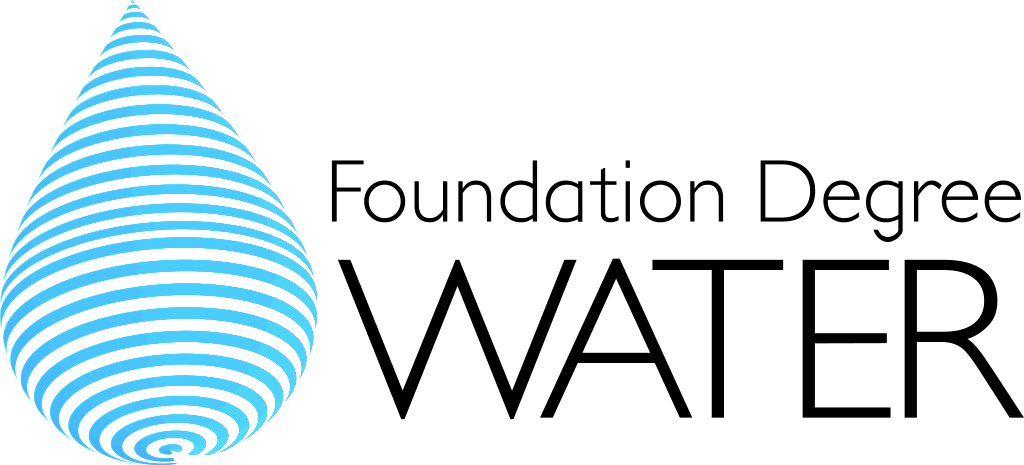Background
During 2011 and 2012 a draft Level 4 United Arab Emirates Water Industry Apprenticeship framework was established following discussions with key Water Industry organisations including TRANSCO, Abu Dhabi Distribution Company, the Regulation and Supervision Bureau and the National Qualification Authority and the Vocational Education and Training Awards Commission (VETAC).

The framework was intended as a document for discussion – a starting point for refining an Apprenticeship framework that is tailored to the exact needs of the United Arab Emirates Water Industry and was piloted within the Emirate of Abu Dhabi.
A team of technical experts was put together to allow all aspects of the water supply operations to be covered.
To develop the framework a full review was undertaken of the water industry in Abu Dhabi, this included interviews with key stakeholders in both the operating companies and the regulatory authorities. Once a good understanding of the industry’s challenges was achieved a more detailed assessment was made of the Abu Dhabi’s regulations and the operating companies working procedures.
It was recognised that there were many different nationalities and levels of competency among the technical and operational workforce. To create and benchmark the level of knowledge with in the staff, a Self-Assessment mechanism was established.
This exercise allowed the team to understand better the skills gaps within the workforce. From this point a draft framework was formulated. The draft framework was devised initially, to have four pathways and the following table shows how it worked:
| Water Bulk Transmission | Water Distribution | Wastewater Network | Wastewater Treatment |
|---|---|---|---|
| 014. Water network systems, distribution, operation and maintenance 5 credits 75 hours guided learning |
014. Water network systems, distribution, operation and maintenance 5 credits 75 hours guided learning |
020. Sewerage network plant operations and maintenance 9 credits 135 hours guided learning |
023. Preliminary and primary wastewater treatment 5 credits 75 hours guided learning |
| 015. Water quality, public health and hygienic working practices 4 credits 60 hours guided learning |
015. Water quality, public health and hygienic working practices 4 credits 60 hours guided learning |
021. Sewerage network construction, legislation and contracts 5 Credits 75 hours guided learning |
024. Secondary biological wastewater treatment plant operations 5 credits 75 hours guided learning |
| 16. Trunk main leakage management 5 creditsv 75 hours guided learning |
018. The Water Regulations and Plumbing Code 5 credits 75 hours guided learning |
022. Sewerage network construction design techniques and processes 5 credits 75 hours guided learning |
025. Operation of tertiary treatment processes 4 credits 60 hours guided learning |
| Totals for functional units 19 credits 285 hours learning time |
Totals for functional units 19 credits 285 hours learning time |
Totals for functional units 19 credits 285 hours learning time |
Totals for functional units 19 credits 285 hours learning time |
Each of the units was broken down to give a detailed curriculum with assessment criteria to ascertain whether adequate knowledge had been achieved by the learners and example of such a unit is given below:
| Unit Title | Knowledge and skills outcome | Application outcome |
|---|---|---|
| 007. Water sector plant indentification, engineering maintenance and operation 5 credits 75 learning hours |
|
|
To support the design processes and to assess the effectiveness of the knowledge delivery two courses were designed and piloted for learners in Abu Dhabi. The first was covering Water Quality where the course covered the regulations as well as technical aspects of managing water quality issues.
The second course was Plant Engineering and Maintenance and covered a wide range of topics from basic mechanical theory through to function and operation of process control and SCADA systems.
To give the courses real practical focus a series of operational scenarios were developed to allow the learners to develop their analytical and problem-solving skills.
The effectiveness of the training was checked by the development of pre-course and post -course tests, which enabled the tutors to identify whether the learner had understood the subjects being delivered.
The courses were very well received by the learners who participated very enthusiastically in the courses.
Full documentation was provided to the learners.
During May 2012 some particularly significant discussion took place between consultants and key stakeholders, identifying several new considerations and requirements for developing the Apprenticeship framework. The client was left with the revised Apprenticeship Framework to enable to decide on the best strategy for the roll out of the framework and whether the other Emirates would support the development of the concept across the UAE.




You must be logged in to post a comment.